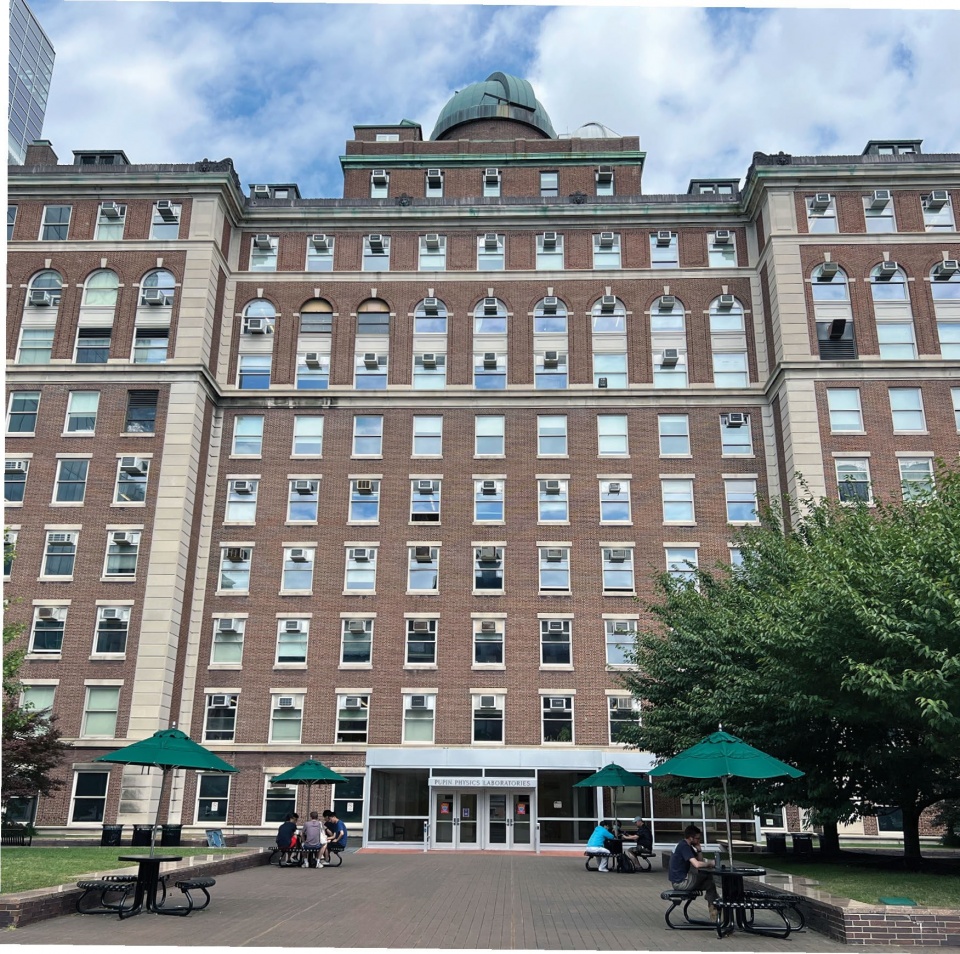Columbia College | Columbia University in the City of New York
Columbia Has Three National Historic Landmarks on Campus

Issue Contents
Online Exclusive
Cover Story
Departments
Alumni News
Published three times a year by Columbia College for alumni, students, faculty, parents and friends.
Columbia Alumni Center
622 W. 113th St., MC 4530, 6th Fl.
New York, NY 10025
212-851-7852
cct@columbia.edu
Columbia Alumni Center
622 W. 113th St., MC 4530, 4th Fl.
New York, NY 10025
212-851-7488
ccalumni@columbia.edu

